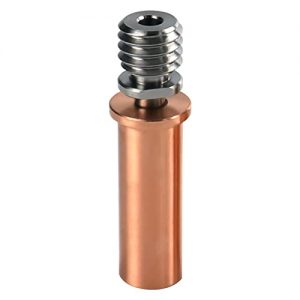China3D printingNet September 4, engineering company Royal HaskoningDHV is working with polymer company DSM, Composites3D printingThe company CEAD cooperated to build a pedestrian bridge. CEAD is a Delft-based company that is integrating large-scale continuous optical fiber3D printingProcess commercialization. Their CFAM Prime process can produce glass fiber or carbon fiber reinforced parts with a size of 4×2×1.5 meters. Carbon fiber reinforced polymer materials have a wide range of applications. 3D printingThe combination of design freedom and these materials can provide a new way for the construction of bridges and other building parts.

We have heard a lot about concrete printing in the past few years. At the same time, large polymer printers have been used for mold production of templates, which allow the manufacture of large parts for tunnels and other structures. CEAD and BAAM systems have directly tested structural parts, but this is the first to use polymers3D printingPedestrian bridge.
By combining polymers with continuous fibers, very high-strength, lightweight and rigid structures can be produced. In some cases, such structures may be too fragile for bridge applications.In the past, many3D printingBuildings may fail under special circumstances, especially weather like freezing temperatures. These things must be resolved.
Royal HaskoningDHV Business Development Manager Maurice Kardas said,
“This cooperation will bring about a change in the way we think about the form and function of bridges. Compared with steel bridges, fiber-reinforced plastic bridges have a long life and lower total cost. Now we will use new ones.3D printingTechnology allows us to mass-produce fiber-reinforced plastic parts.
By adding sensors to the bridge, we can easily predict the situation of the bridge itself, which can ensure the safety of the bridge and prolong the service life of the bridge. “
According to China3D printingNetwork understanding,Arnite is a hard PBT or PET material, especially in its PET form that may be an ideal material.
The use of Arnite materials has obvious advantages in bridge construction. They can also use more flexible designs and use recyclable materials instead of traditional materials such as steel and concrete, and we can make more environmentally friendly bridges.The previous design was challenging or even impossible… now it can be passed3D printingDesign.
Concrete is a huge pollutant, and it will be exciting to see bridges made of recyclable materials or recyclable bridges.

3D printing
Pedestrian bridge” alt=”RHD cooperates with DSM and CEAD to develop plastics
3D printing
Pedestrian bridge” />
It is also interesting that CEAD has a particle-based printing method, Fused Granulate Fabrication.Many large-scale3D printingThe technology is all based on particles, because this reduces the cost of components.Granulation will also become3D printingthe trend of. Develop an integrated recycling solution that can produce polymer templates or structures, bridges made of recycled materials? Of course, this will truly become an ideal solution for long-term environmentally friendly buildings.
China3D printingOriginal article on the net, please give back to the link for reprinting!
(Editor in charge: admin)






0 Comments for “RHD, DSM and CEAD collaborate to develop plastic 3D printed pedestrian bridges”